Related projects & activities
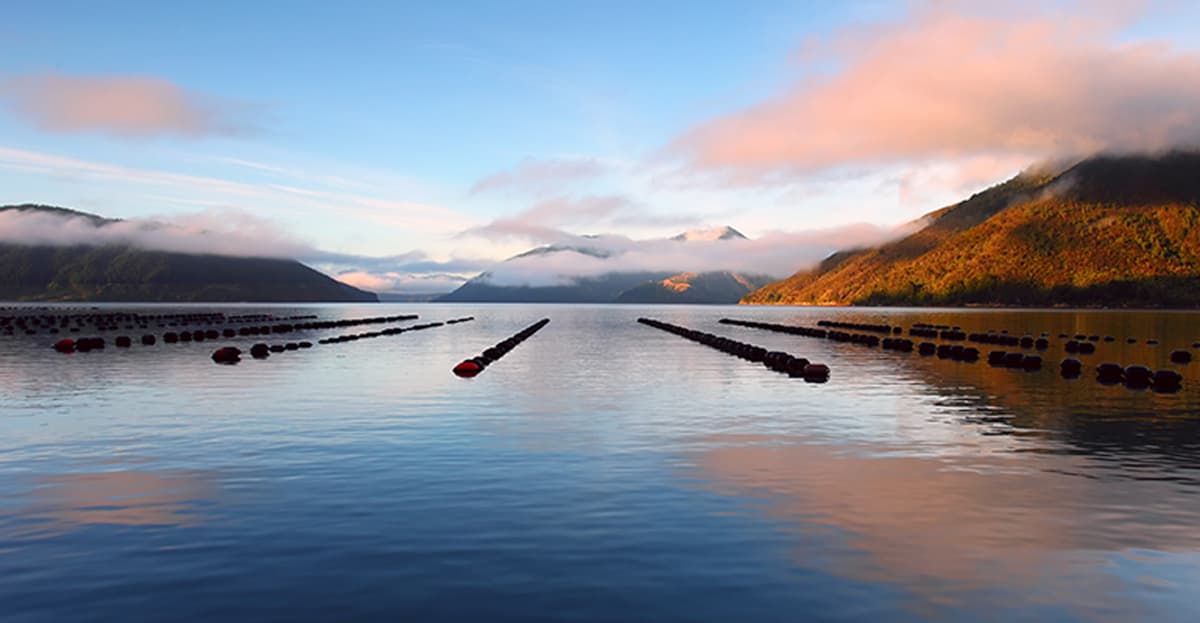
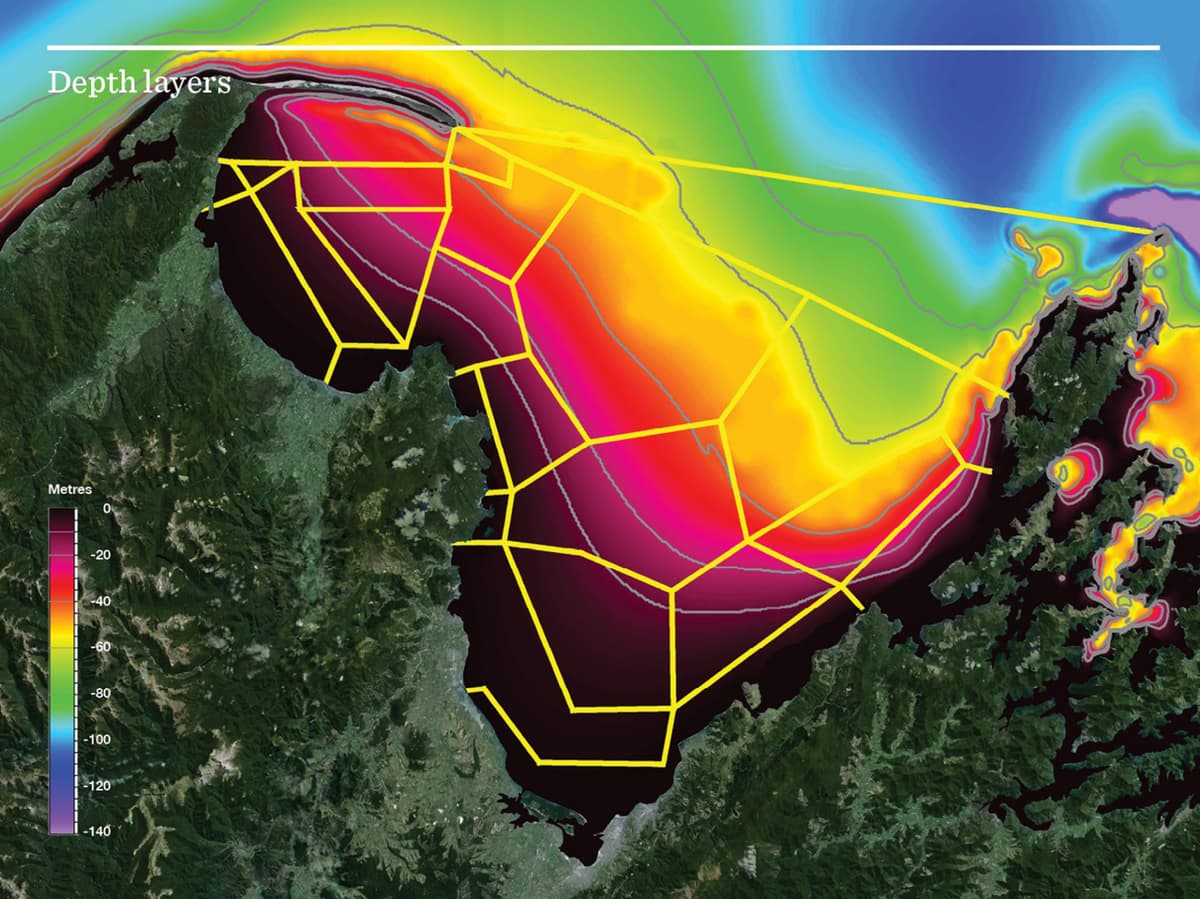
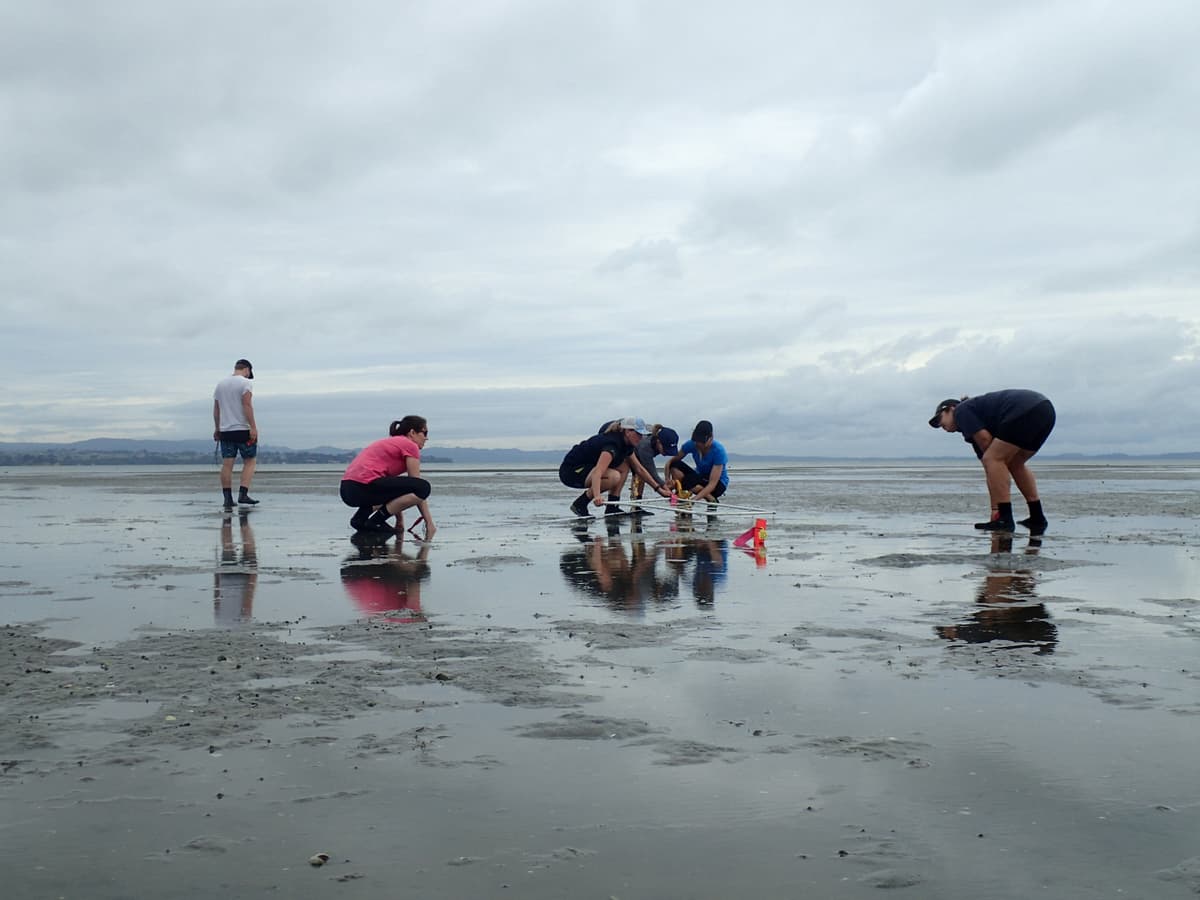
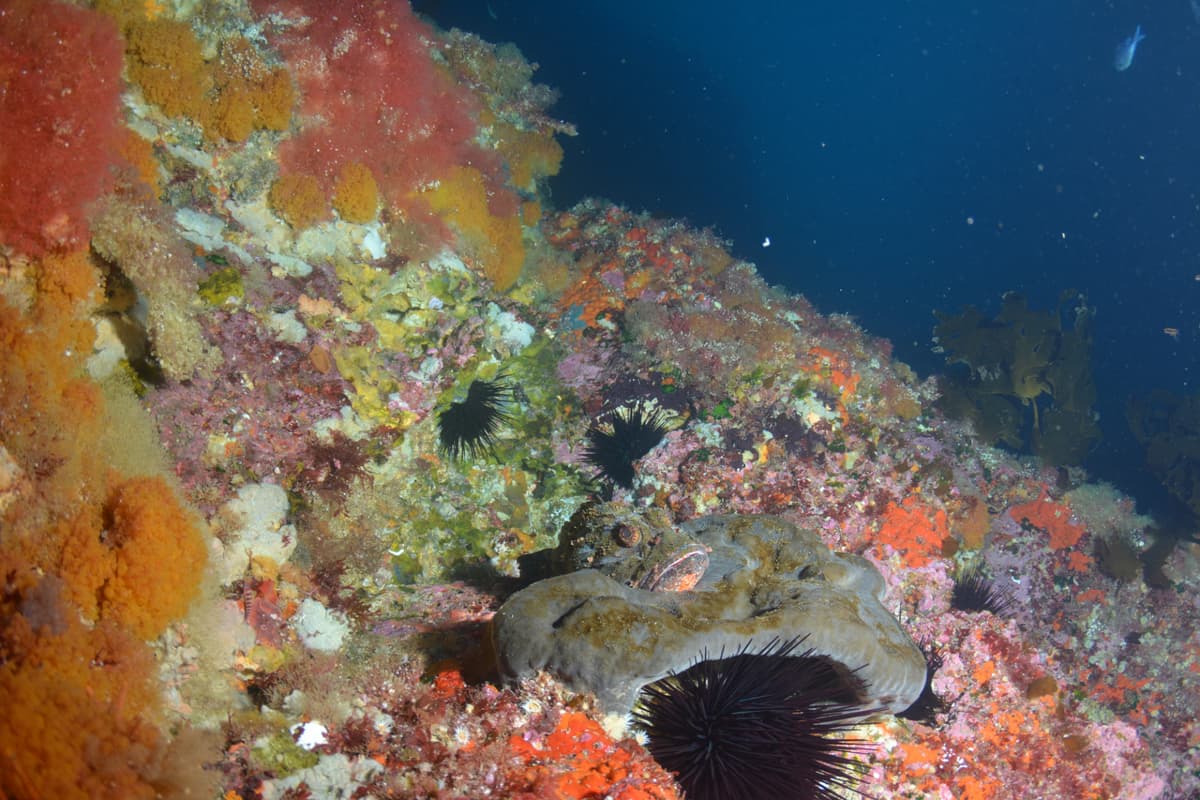
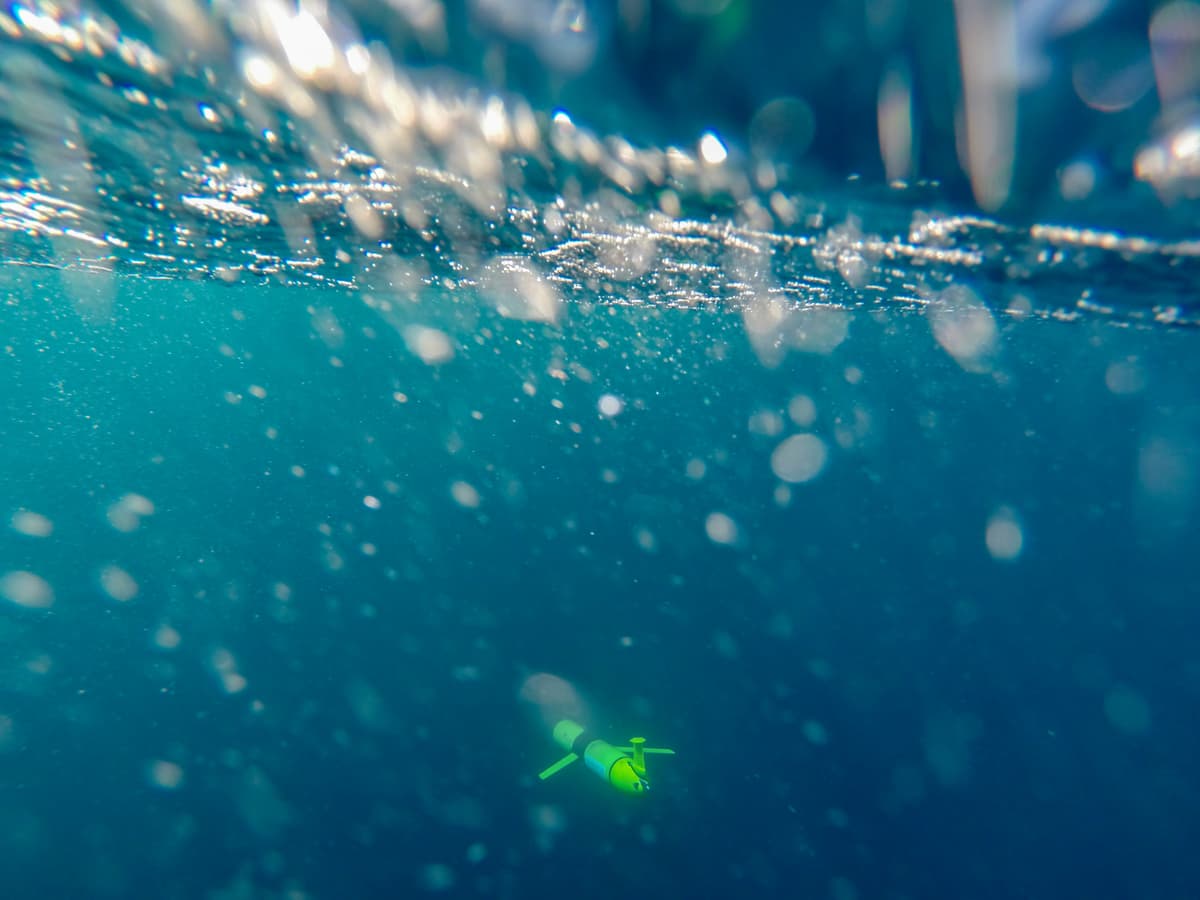
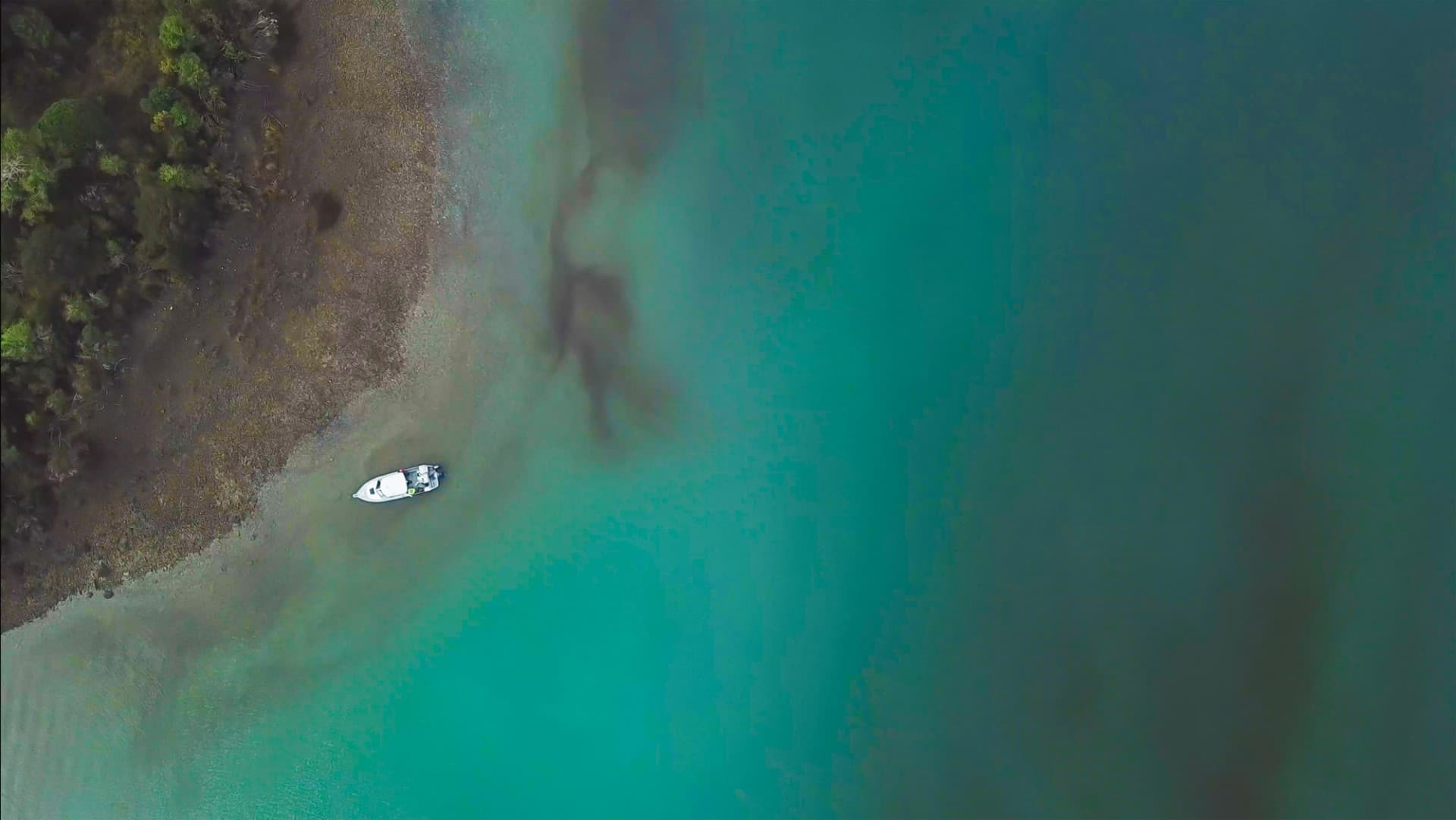
We trialled two innovative technologies to detect and monitor harmful algal blooms in coastal waters
| Project Leader | Duration | Budget |
|---|---|---|
| Dr Lincoln Mackenzie (Cawthron Institute) | July 2017 – September 2019 | $300,000 |
Harmful algal blooms are natural phenomena that sometimes occur in coastal ecosystems. They can have detrimental effects on human health, seafood harvesting and aquaculture businesses.
Our aim was to develop simple, cost-effective sensitive tests that could be used by public health agencies, communities and the aquaculture industry to detect and monitor harmful algal blooms. These can reduce the risk of unnecessary closures. We trialled:
The first method detects and quantifies algal DNA in the water. In mid-2018, we field trialled this method when a major bloom of toxic algae (Alexandrium pacificum) occurred in Pelorus Sound. We were able to estimate the amount of the algae present from multiple locations in the area within 90 minutes of collecting samples. The method was sensitive, simple and practical, and we are now working to improve estimates of the quantities of algae present.
The second method uses a robotic submersible microscope developed by an American company (McLane Research Laboratories). The device, an Imaging FlowCytoBot, can automatically identify and count microscopic algal cells underwater. Before we can start using it, we need to train the software to recognise local species. For this work, we are collaborating with the aquaculture industry and an international expert who has experience with this instrument.
Our aim is to use these technologies as an early warning system so that impacts on shellfish and finfish harvesting are minimised, and risks of recall of contaminated products are reduced.
This project has produced or contributed to:




